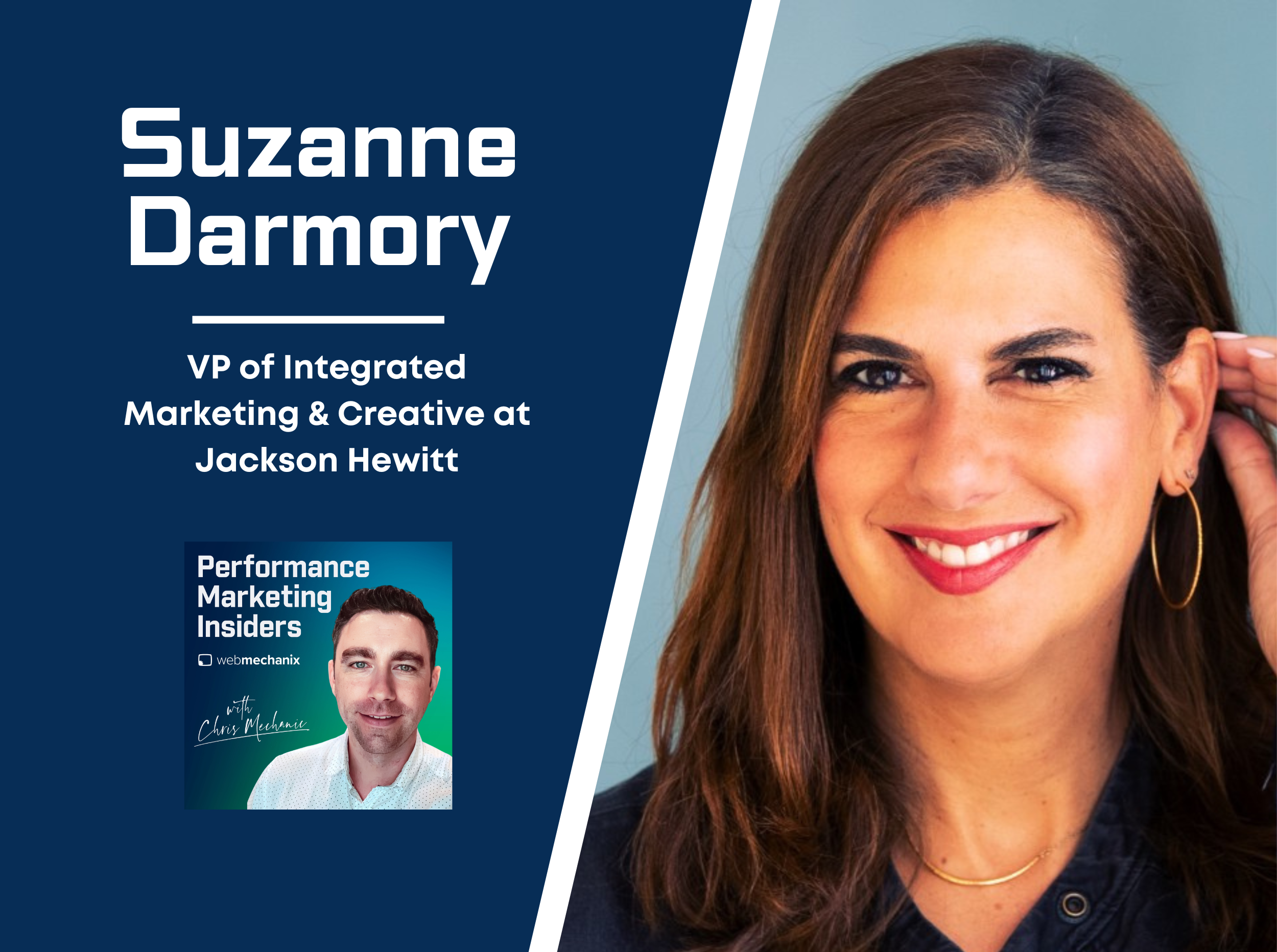
Creating Google Ads Copy With AI Using ChatGPT & Google’s Natural Language Tool
I have a prediction: I don’t think AI is going to take many jobs. Most advertisers will eventually use ChatGPT (or other AI tools) to write all their Google Ad copy. When that happens, having an understanding of copywriting basics, the impact your product / service has on potential customers, and your personal taste are going to be even more important.
Most search ads aren’t creative. In fact, they’re downright boring. Take this random ad for example:
If your competitors are using Google Ads, it’s almost guaranteed they’re using search ads. Their ads are usually written by people like me – data nerds that have a tried and true formula to writing Google ad copy.
You’ll occasionally see amazing search ads. But that’s not the norm, and we’re going to change that with ChatGPT.
Can I use ChatGPT to write Google Ads?
Yes, you can use ChatGPT to write Google Ads. This AI tool boosts your PPC campaigns by creating engaging ad content, generating ideas, analyzing audiences, and proofreading. Far from being just a content generator, ChatGPT is a versatile workflow asset for marketing tasks. To maximize its benefits, craft detailed prompts and study examples of successful ads, keeping your advertising strategies competitive and effective.
First, let’s go through how to write a great prompt for copywriting.
Writing An Effective Prompt
There’s a way to write prompts so you get back actually usable answers from ChatGPT. You can have ChatGPT create your prompt for you. But if decide to write your prompt from scratch, make sure you include all seven of these:
- Length: Give ChatGPT an idea of the length of copy you want written. Keep in mind It might still go past the guidelines you give it. But without you including the length of copy you want you’ll have a ton of editing to do later.
- Type of copy: Include the platform you’re writing for in your prompt. Giving your ad writer more context where the ads are being used is always helpful, and the same goes for ChatGPT.
- Type of product/service: It’s a no-brainer, but it can’t write effectively if it doesn’t know what it’s promoting. Give it all the context it needs to write for the specific product or service you’re promoting.
- Target audience: Make sure you let ChatGPT know who your ICP is for the ads you’re writing. Usually, the more detailed you can be the better.
- Tone of voice: How do you want the copy to be written? Does your company have brand guidelines to stay within? Let ChatGPT know if you have preferences or guidelines to stay within.
- Call to action: I’m referring to the call to action on the landing. Make sure what you’re telling people to do in your ad aligns with what you want them to do after they click the ad.
- Key points you want included in your ad: Is there anything you want/need to mention in your copy? Your goal is to make sure ChatGPT has all the context it needs to write your ads effectively.
- Examples of success (if you have them): Giving examples to ChatGPT informs it on how it’s supposed to structure its response to you.
I find it hard to write a prompt for a subject I don’t have knowledge about. And in my experience, you won’t know if what you get back is useful unless you do.
Right now, ChatGPT (and other LLM / AI tools) are only as effective as the prompt you give them. Let’s go over a prompt I love for writing Google Ad copy.
Creating Ad Copy With ChatGPT That Doesn’t Suck
Below is the full prompt I use to write ad copy. Everything inside the brackets is changeable. Read through it first, then we’ll break it down afterwards:
Full Prompt Example:
___
I want you to act as an expert Google Ads copywriter. You have over 20 years of experience with Google Ads.
When writing ad copy, utilize the copywriting styles of legendary copywriters {David Ogilvy, Bill Bernbach, Leo Brunett, Robert Collier, Claude Hopkins, Joseph Sugarman, Eugene Schwartz, Gary Bencivenga, Mary Wells Lawrence, Drayton Bird, George Lois, John Caples, John Carlton, Gary Halbert, Dan Kennedy, Clayton Makepeace, Robert Bly, and Michael Masterson}.
I have a {local lawn care company} in {Maryland} and am using {Google Search ads} to {interest people in getting a free estimate}. Our target market is {homeowners over 35 years old that don’t have the time to keep their lawn up the way they’d like}.
I want to create 15 headlines and 4 descriptions from each of the legendary copywriters above to be used in a Google responsive search ad. That means create 15 headlines and 4 descriptions from one legendary copywriter, then move onto the next legendary copywriter.
Remember, both headlines and descriptions in responsive search ads have a character limit. A headline’s character limit is 30. A description’s character limit is 90.
Each headline and each description must be on its own line.
Make sure they will rate highly in positive sentiment in the Google Natural language tool https://cloud.google.com/natural-language.
Can you help me with this please?
You can use my best performing ad copy as a direction in writing yours:
___
Because the prompt gives ChatGPT multiple tasks to do, I like using a GPT like Professor Synapse. If you don’t, you’ll have to give a new prompt each time you want to write in the style of a different copywriter. If you have GPT 4, here’s the link to the Professor Synapse GPT. If you don’t, here’s the link to the initial Professor Synapse prompt.
Why The Prompt Works
In the first portion of the prompt, “I want you to act as an expert Google Ads copywriter. You have over 20 years of experience with Google Ads,” you’re giving the context that guides the AI to provide a targeted response.
Next, you’re giving it examples of the style you want your ads written in. The copywriters listed in the prompt are some of the most widely published so it should have a good sense of what they’re style would be. You can reduce, increase, and exchange any of the writers in the initial prompt with anyone you’d like.
In the third paragraph, you’re giving it the product/service, audience, call to action, and key points you want it to write about. Change as needed to match the ads you’re writing.
The next three paragraphs give the length, type of copy, and tone you want it to write. The sentence, “I want to create 15 headlines and 4 descriptions…” goes through the components of the copy. Combined with the next paragraph, you’re letting ChatGPT know you want a certain number of headlines / descriptions and they each need to be a specific character length. With, “from each of the legendary copywriters…” you’re directing the copy’s tone. Each copywriter has their own style that ChatGPT will try to emulate.
The paragraph about sentiment is a bonus step. Search ads that work the best usually have positive sentiment. Analyze the copy you get back with Google Natural Language API tool demo. Use the headlines / descriptions with positive sentiment and you’ll set yourself up for the highest CTR possible.
I like using ChatGPT to come up with new ideas for my marketing. But you don’t always need to start from scratch. Here’s how you can take your best performing ads and make them better.
Refining & Grading Your Ad Copy
When you have ads that work well, use ChatGPT to give them a little more oomph. You can have a copywriting legend be your second pair of eyes and give you constructive feedback.
Prompt:
___
I’ve written ad copy for [target audience] on [platform, like social media or email]. The goal is to [increase sales, boost awareness, etc.] for [type of business]. Here’s the ad:
[Insert ad copy]I want you to act as an expert Google Ads copywriter. You have over 20 years of experience with Google Ads. Please review for clarity, engagement, and persuasiveness. Score it and suggest changes. Could you also rewrite it as you see fit in the style of {legendary copywriter John Carlton} for better impact?
__
This prompt works without ChatGPT4. I find it helpful when thinking through new headlines / descriptions to test.
Why The Prompt Works
In the first paragraph you’re laying out almost everything the prompt needs to be effective. You’re giving it the who, what, where, and why of what you’re asking.
The last paragraph gives context to how you want it to behave. But keep in mind you can change how you want it to rewrite your ad.
Use ChatGPT To Improve Your Google Ads Now
In the near future, I think most advertisers will use ChatGPT and other AI tools to write most of their copy. They’ll use AI to write almost everything, whether it’s Google Search Ads (if they’re still a thing) or pages to rank in Google’s Search Generative Experience.
I have another prediction for you: I think most ads will still be boring.
That’s because it’s going to be so easy to use and AI will be phenomenal compared to now. I think people will discount understanding copywriting basics, their product / service’s impact on potential customers, and their own personal taste. I think most ads will still be boring for the same exact reasons they are now.
And, I think most people will wait to use AI in their advertising until they’re forced to. But you don’t have to wait. You can use ChatGPT to help you write (or improve) your google ads copy now.
Most newsletters suck...
So while we technically have to call this a daily newsletter so people know what it is, it's anything but.
You won't find any 'industry standards' or 'guru best practices' here - only the real stuff that actually moves the needle.







